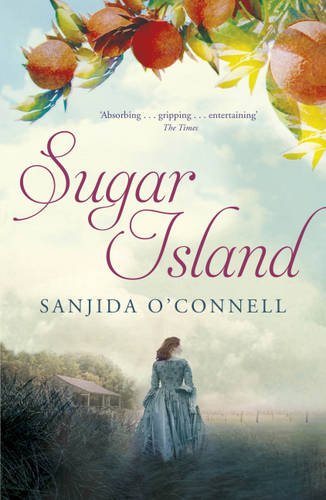Sugar Island
Sugar Island is inspired by the life of Fanny Kemble – actress, author and anti-slavery activist – and is set in the American South on the cusp of the Civil War. Emily arrives in Georgia from England to begin a new life with her husband, Charles, only to discover he is a slave owner. While attempting to meet the expectations of her new family, she finds herself secretly befriending the slaves.
Emily is an engaging heroine with a strong moral sense, a rounded personality who wins the reader’s interest and sympathy. We follow the novel through her viewpoint. ‘Emily noticed the house servants were all light-skinned, the colour of newly planed wood.’ The servants are superbly depicted, especially Edward, the head Negro. ‘Edward bowed to her. He had an aristocratic-looking nose, deep frown lines between his brows and an air of sadness about him.’
O’Connell emphasises the justness of the Negro cause and their exploitation by the plantation owners, but her characters are good and bad and many shades of grey. She pays attention to detail, humanity and motivation and through this demonstrates historical and economic change, cause and consequence
Sugar Island has pitch-perfect settings. I was there in 1859 seeing what Emily saw through the eyes of a foreigner. Picnics, rides, visits to neighbouring plantations, small towns, and the beach are very evocative. ‘Oyster catchers probed for worms with their brilliant red beaks and a flock of terns skimmed the waves, moving in synchronicity like one living organism.’ Here Emily feels that for the first time she is free. Such descriptions convey the otherness of Emily’s personal journey through both horror and beauty.
Sugar Island is a terrific read, an enlightening, dark, deeply emotional and satisfying novel. The highly popular The Help by Kathryn Stockett, set in 1960s Mississippi, incorporates similar deep rooted southern issues. I wish Sugar Island the same success.










